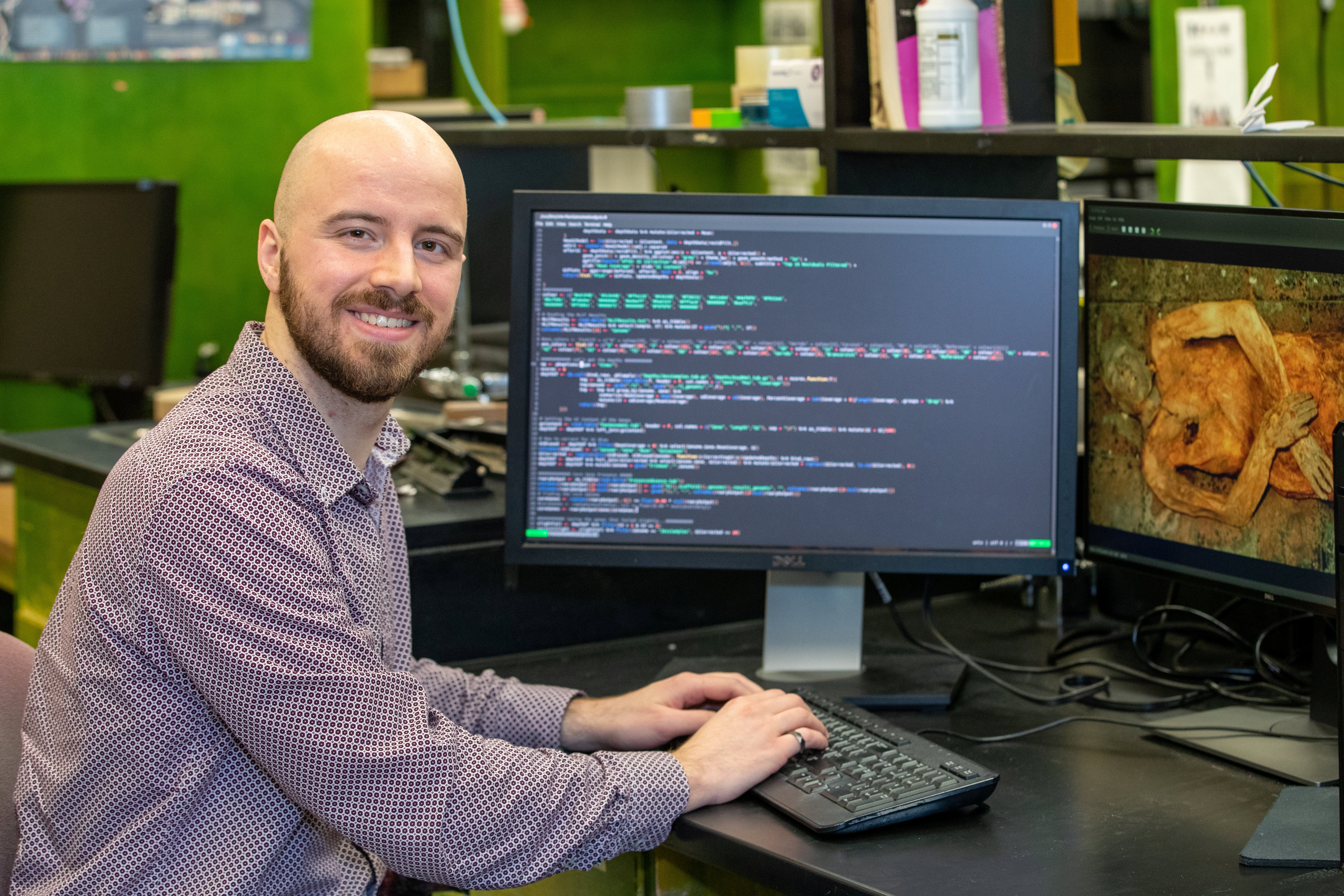Mummified remains of 16th century prince reveal how E. coli superbug has evolved over 400 years
Researchers were able to isolate fragments of the bacterium before reconstructing the ancient genome, Maryam Zakir-Hussain reports

A 400-year-old gallstone extracted from the mummified body of a 16th century prince has been used to reconstruct the first ancient genome of E. coli.
Researchers at McMaster University conducted a detailed analysis of Italian prince, Giovani d’Avaos, who died in 1586. He was thought to have died from chronic inflammation of the gallbladder due to gallstones.

His mummified remains were recovered from the Abbey of Saint Domenico Maggiore in Naples, Italy - along with several Italian nobles from the Renaissance period - and now provide scientists with a way of understanding how E. coli evolved over time.
E. coli is a pathogen which infects its host during periods of stress, underlying sickness or immunodeficiency. It is also responsible for several food poisoning outbreaks and deaths caused by antimicrobial resistance and is known for causing major public health concerns.
Researchers were able to isolate fragments of the bacterium before reconstructing the anicent E. coli genome.
“When we were examining these remains, there was no evidence to say this man had E. coli. Unlike an infection like smallpox, there are no physiological indicators. No one knew what it was,” explains lead author of the study, George Long, a graduate student of bioinformatics at McMaster who conducted the analysis with co-lead author Jennifer Klunk, a former graduate student in the university’s Department of Anthropology.

“It was so stirring to be able to type this ancient E. coli and find that while unique it fell within a phylogenetic lineage characteristic of human commensals that is today still causing gallstones,” says Erick Denamur, the leader of the French team that was involved in the strain characterisation.
“We were able to identify what was an opportunistic pathogen, dig down to the functions of the genome, and to provide guidelines to aid researchers who may be exploring other, hidden pathogens,” says Long.
The findings were published in the journal Communications Biology.
The study was done in collaboration with researchers at the University of Pisa and the Université Paris Cité /French Institute of Medical Research (INSERM) and is funded by the Canadian Institute of Advanced Research.



Join our commenting forum
Join thought-provoking conversations, follow other Independent readers and see their replies
Comments